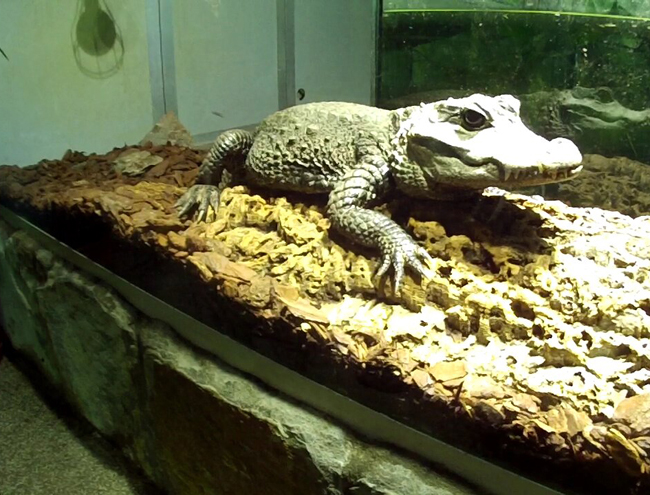As Ben Crair reports in a colorful Businessweek piece, on a typical Saturday, about 12,000 visitors make their way to the Zoo Zajac, a ginormous German pet store that houses a quarter-million animals, many of which are exotic or unusual. It’s the Harrods of hamsters and hares.
Not everybody is there to buy; most just want to spend the day gawking in wonder. It’s a great free show, but the business would go belly up if it tried to exist by selling live animals–the real money is in accessories and merchandise. Being located in the European country with the lowest birthrate is a plus: Empty nests have room for birds and such.
The owner, Norbert Zajac, has been threatened and protested for selling puppies, but his greater concern is that a Chinese entrepreneur will eventually create a larger outlet than his, erasing him from the Guinness World Book of Records.
An excerpt:
Today, Zajac’s pet shop fills a 130,000-square-foot warehouse in an industrial part of Duisburg. It’s called Zoo Zajac, and it unfurls, like an airport terminal, along a horseshoe in the road. It’s more than twice the size of the White House and three times as large as a Whole Foods Market. It is, according to Guinness World Records, the biggest pet shop in the world. A visitor can spend as much as €9,000 ($10,000) on a two-toed sloth or as little as €1.19 on a box of crickets. She can buy armadillos, meerkats, coatis, and monkeys; or fill aquariums with jellyfish, tetras, shellfish, and piranhas. Zoo Zajac sells 50 species of tarantula and maintains one of the finest reptile collections in western Europe—better, even, than many zoos. It houses about 250,000 individual animals of 3,000 different species. A walk around the place is essentially an endurance sport, which is why Zajac, a heavy man with two bad knees, zips up and down the aisles on a black moped. The vehicle never leaves the premises and logs more than 2,500 miles a year.•

